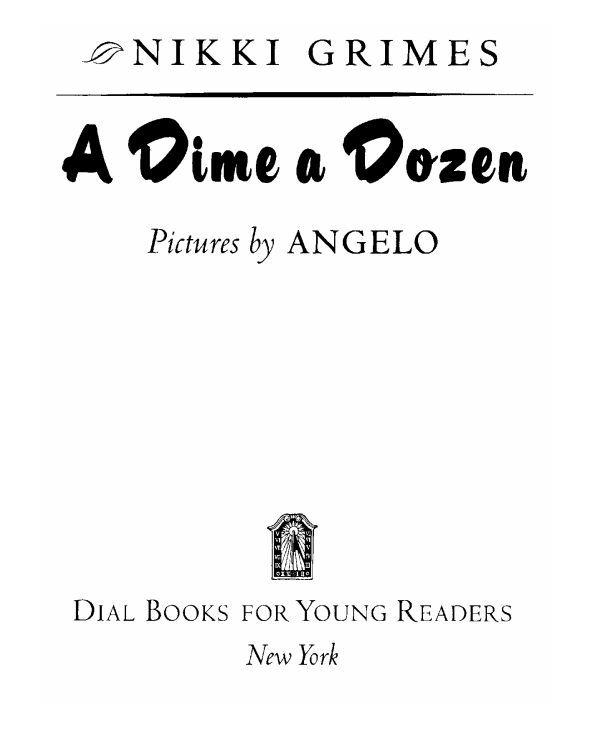
A Dime a Dozen
کتاب های مرتبط
- اطلاعات
- نقد و بررسی
- دیدگاه کاربران
نقد و بررسی

November 1, 1998
Gr 5-9-Written in the first-person voice of an African-American girl, these 28 poems celebrate family, culture, writing, and the spirit of a creative, introspective child. They should be read in the order in which they are arranged to appreciate the power and overall loose plot. "Part I: Genius" introduces readers to the main character and her family. "Part II: The Secret" explores the private, painful stories of the family and ends with the parents' divorce. "Part III: A Dime a Dozen" explores identity and culture. Grimes's carefully crafted word placement matches the rhythms and messages of the poems. In "Stroll," words are offset from the left margin, symbolizing the protagonist's individual pace, which is unique and different from that of her mother. From protecting oneself from the risks of love in "Foster Home," to a daughter's yearning for her mother's pride in the title piece, emotion flows through these verses. The melodic rhythms gracefully sing when read aloud. Resembling photographs, the soft black-and-white illustrations portray the family members and offer images of the words without infringing on readers' imaginations or personal reactions to the poetry. Librarians and English teachers may consider planning a program to explore this book and Grimes's novel, Jazmin's Notebook (Dial, 1998) for similarities and differences. A quietly profound, heartfelt work.-Shawn Brommer, Southern Tier Library System, Painted Post, NY

December 1, 1998
Gr. 5^-8. As Lee Bennett Hopkins did with his "Been to Yesterdays" (1995), Grimes recounts the story of her childhood through poetry. The first section of the book tells of blissful moments with her father, as he tries to play hopscotch with too-big feet, and "shatters / heaven's crystal floor / with melody" as he plays the violin. She has more prickly relationships with her mother and sister, and as the book continues, her parents, like Hopkins', get a divorce. The middle section speaks of painful memories--broken promises, foster homes, and parents with drinking and gambling problems. The third and final part tells of her search for self as a teenager, concluding with the title poem about being a writer. The black-and-white drawings illustrating each poem reinforce the sense that the African Americans in the poems are vivid individuals, not fuzzy generalizations. Free-flowing and very accessible, the poetry may inspire readers to distill their own life experiences into precise, imaginative words and phrases. ((Reviewed December 1, 1998))(Reprinted with permission of Booklist, copyright 1998, American Library Association.)

























دیدگاه کاربران